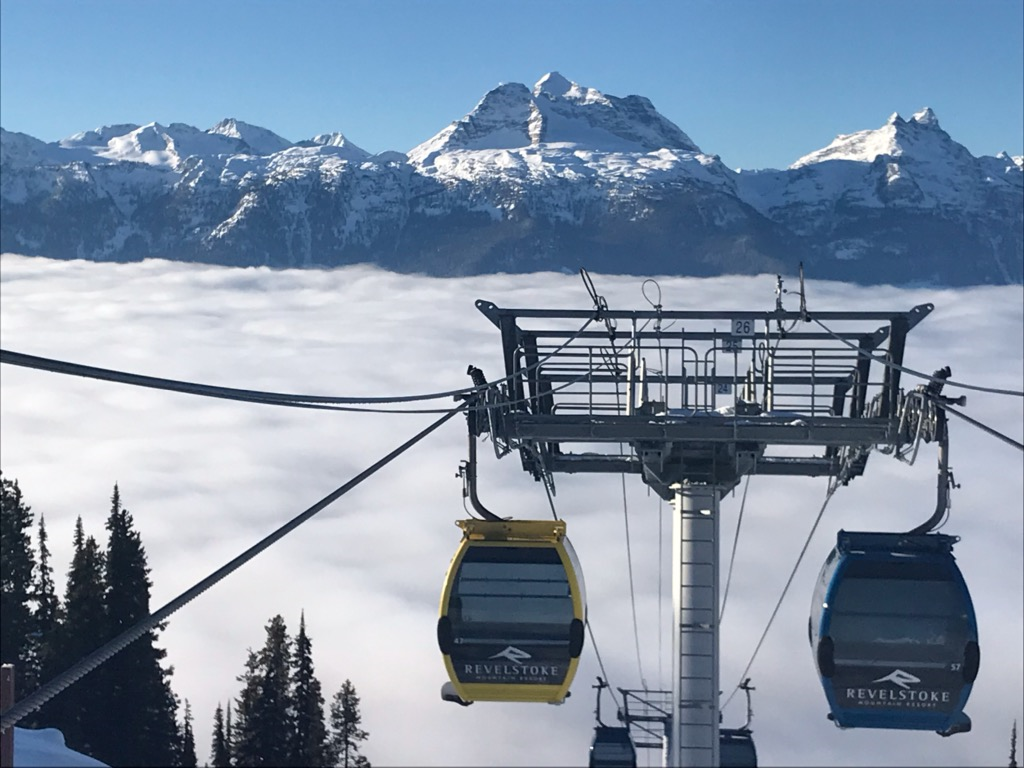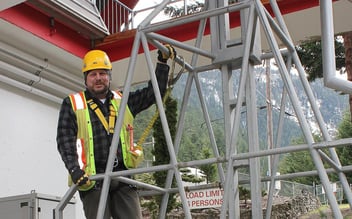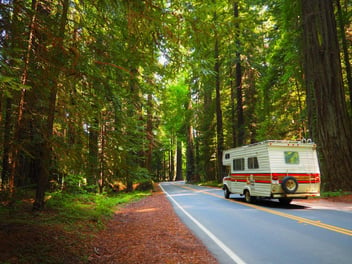To help prepare for your next periodic inspection, our safety officers have pulled together the following list of what they look for when inspecting your ropeway(s) or conveyor(s).
Passenger Ropeway Operating Permit Periodic Safety Inspection List
- Check that the owner has an active passenger ropeways contractor’s license
- Confirm the ropeway/conveyor has an active operating permit
- Review the ropeway/conveyor’s last inspection report, confirm that any previous non-compliances have been completed by the owner
- Confirm the owner has submitted their pre-operation inspection declaration and passenger ropeway site fall protection verification declaration (where applicable)
- Confirm the ropeway/conveyor operator(s)/attendant(s) trainer has the required passenger ropeway trainer certification
- Check if the ropeway/conveyor has any service or safety bulletins issued against it
- Complete a job hazard analysis of the work site to ensure there are no hazards for the inspecting Safety Officer e.g., electrical, mechanical, chemical, physical, environmental, etc.
- Check the ropeway/conveyor can be locked and tagged out correctly.
- Review with owner maintenance work that was completed in the off-season
- Complete a visual and tactile inspection of the ropeways/conveyors components at the drive station, return station, lift line, haul/track/tensioning ropes, carrier (chairs, gondolas, towing devices). Depending on the type of ropeway/conveyor this can take an hour or a full 10-hour day. Components that are inspected can include climbing towers and structure of the ropeway, riding the ropeways work carrier to complete an inspection of the ropeways towers and associated equipment.
- Confirm that all signs and procedures are posted and clearly visible at the drive/return stations, load/unload areas, and along the line or towpath and adhere to the CSA Z-98 Safety Standard for Passenger Ropeway and Passenger Conveyors.
- Perform running/operation tests to confirm that the ropeway/conveyor drive and safety system is functioning correctly, this could include acceleration times, various stopping times and distances, brake torque testing.
- For above surface ropeway (chairlifts, gondolas, trams) the evacuation or auxiliary drive will be tested to ensure it is functioning correctly.
- Review the ropeway/conveyors daily operational and maintenance checklists, maintenance and operating records to ensure they are being filled out correctly.

Once the above list has been completed the safety officer will issue a certificate of inspection to the owner. This inspection report will list any non-compliance the safety officer may have found during their inspection, and a timeframe of when the non-compliance must be corrected.
The Technical Safety BC passenger ropeways safety program is responsible for overseeing the safety of passenger ropeways including tramways, gondolas, chairlifts, rope tows and passenger conveyors throughout British Columbia in accordance with the Safety Standards Act and the Elevating Devices Safety Regulation.




